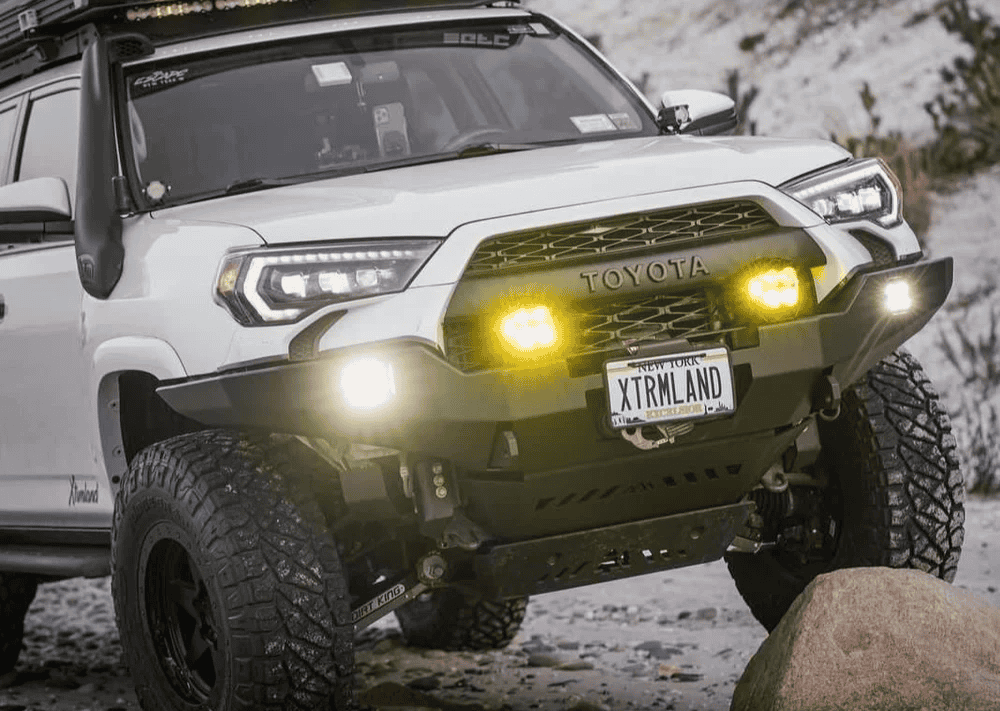Overland Vehicles

Overland vehicle clubs gather people who enjoy backcountry travel by road. The goal is not speed. It is self sufficient exploration with reliable vehicles, thoughtful planning, and respect for the land. Clubs create a safe place to learn, practice, and meet partners for longer routes.
A typical club keeps a calendar of day trips and multi day outings. Events usually include a drivers meeting, a route overview, and a gear check. Leaders assign a trail captain and a tail vehicle to keep the convoy organized. Most groups publish driving pace, camping style, and weather plans before the trip so members know what to expect.
Safety and communication are central. Many clubs recommend GMRS radios for vehicle to vehicle updates. Some teach basic navigation and satellite communicator usage in case members lose cell service. Recovery instruction is common. Members learn how to rig soft shackles, use traction boards, and apply proper winch line angles without risky side loads.
Clubs also engage in land stewardship. Trail work days, trash pickup, and education about seasonal closures help protect access. Many align with the Tread Lightly principles. That means staying on legal routes, yielding to uphill traffic, and avoiding sensitive terrain after heavy rain.
The right club matches your experience, vehicle, and schedule. Look for published trail ratings and minimum gear lists. If your rig has all terrain tires, recovery points, and a full size spare, you can handle many beginner friendly trips. More advanced runs may require lockers, lifted suspension, or added armor.
Culture matters. Some clubs prefer slow scenic routes with photo stops and long campfire nights. Others push deeper miles, connecting remote sections with early starts and tight timelines. Read recent trip reports and ask about group size. Smaller convoys move faster and have easier comms. Larger groups offer more social time and a wider range of skills.
Ask about training. Good clubs provide classes on mapping tools like Gaia GPS or OnX Offroad. They teach convoy spacing, spotting hand signals, and water crossing assessment. Strong training programs create smoother trips and fewer recoveries.
Finally, consider location and frequency. If you can only travel one weekend a month, a club with quarterly expeditions may not work. If you want midweek shakeout runs, find groups that post last minute local meetups.
Some clubs are open and free to join. Others charge dues to cover permits, campsites, and first aid kits. Paid clubs often offer structured instruction and pre scouted routes. Both can be excellent options depending on your goals.
Look for a mix of skills days, gear nights, and map workshops. A balanced schedule builds capability without overwhelming new members. Ask if the club runs beginner tracks during larger events.
Standardize on GMRS channels before departure. Keep a radio check at every stop. Assign a recovery lead and verify everyone understands when to use kinetic ropes versus a static line.
Good planning is everything. Confirm fuel range, water needs, and weather windows. Share a GPX file with waypoints for fuel, water, and bailouts. Create a printed contact sheet in case a radio fails. Set a hard turnaround time so the convoy returns before dark.
Vehicle readiness keeps the day drama free. Inspect lug torque, fluids, belts, and recovery gear. Pack light. Heavy rigs strain brakes and suspension on steep terrain. Balance cargo to avoid a top heavy feel on off camber sections. Use tire pressure appropriate for the surface and re air before pavement.
Camp routines matter. Store food securely, manage grey water, and leave camp cleaner than you found it. Share tools and skills. The best clubs build a culture where everyone contributes and novices feel supported.
When you move from your first club run to longer routes, the right setup makes the miles smoother. If you are planning multi day travel with varied terrain, a purpose built platform can be the difference between constant tinkering and effortless days on the trail. Explore proven packages on our overland rigs page to see how capable systems come together.
If your club emphasizes technical trails or remote camps, our team can tailor protection, suspension, power, and storage around your routes. See how we design and install trail ready systems on the custom overland upfit page. Curious about our process and support from consultation to handoff. Visit why choose OZK Customs to learn how we build for reliability and comfort.
Tell us how your club travels and what the next season looks like. We will map your terrain, range, and comfort needs to a build that feels dialed on day one. Submit the form below and let us craft a rig that keeps up with your convoy while you focus on the route and the view.
Ready to join club trips with a rig that performs from trailhead to campsite. Tell us how you travel and we will design a build that matches your terrain, range, and comfort goals. Submit the form to start your custom overland plan with OZK.
ADDRESS:
6159 E Huntsville Rd, Fayetteville, AR 72701
PHONE:
(479) 326-9200
EMAIL:
info@ozkvans.com